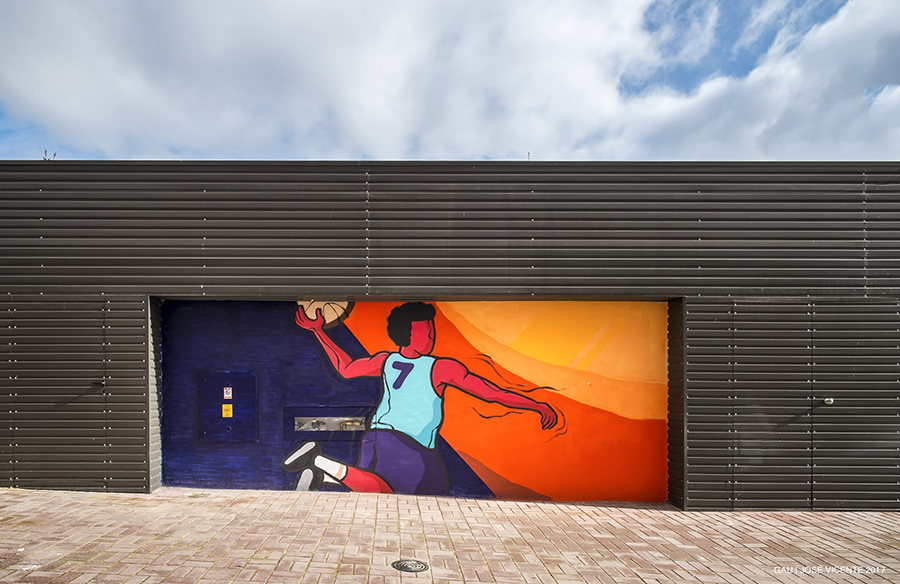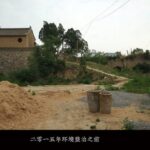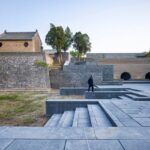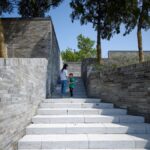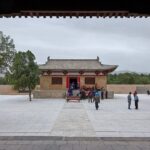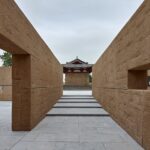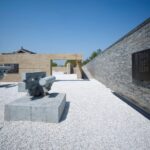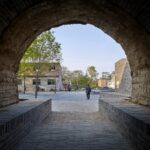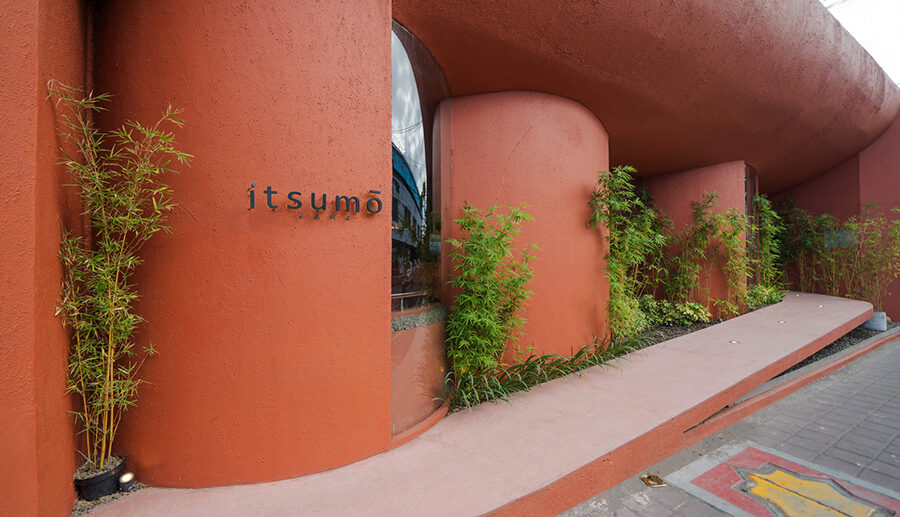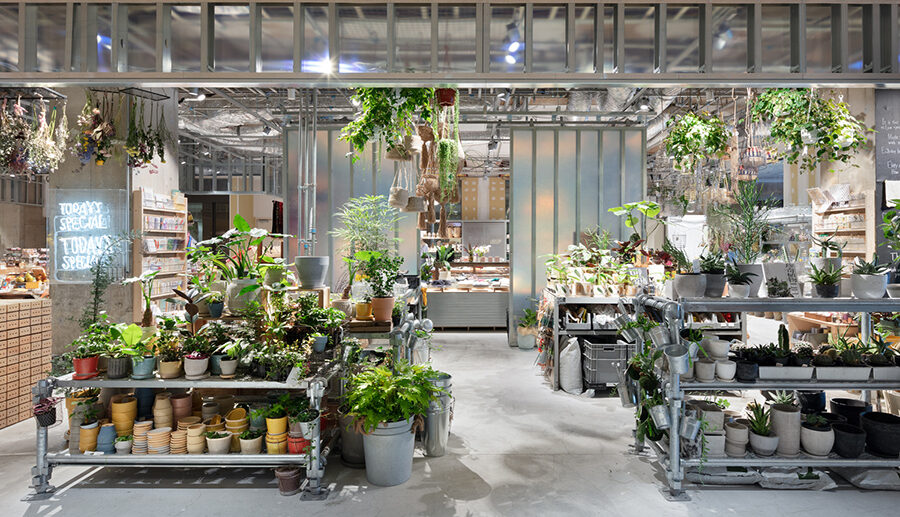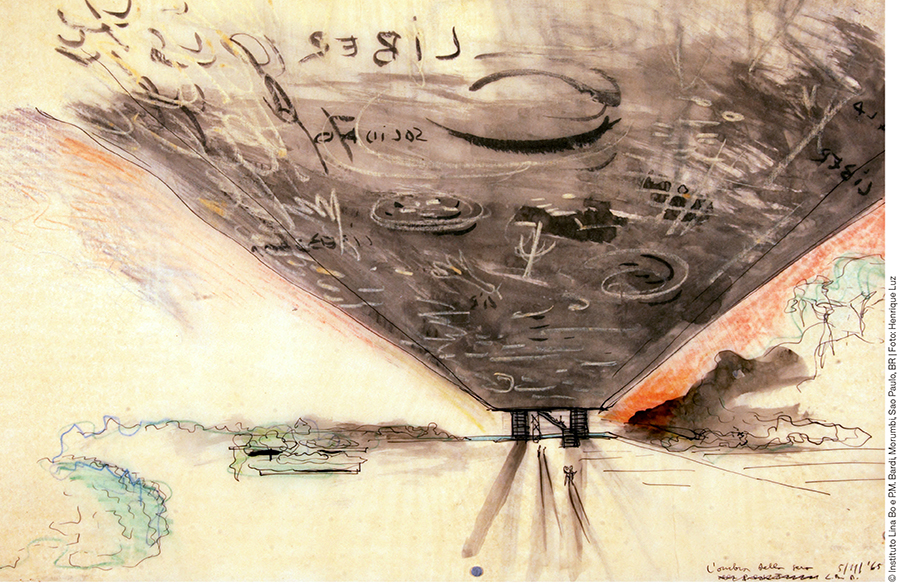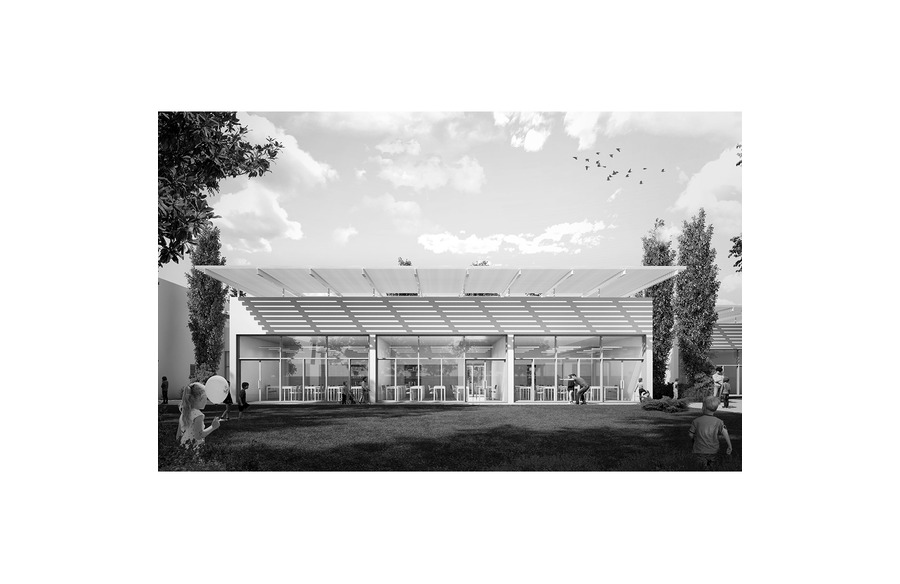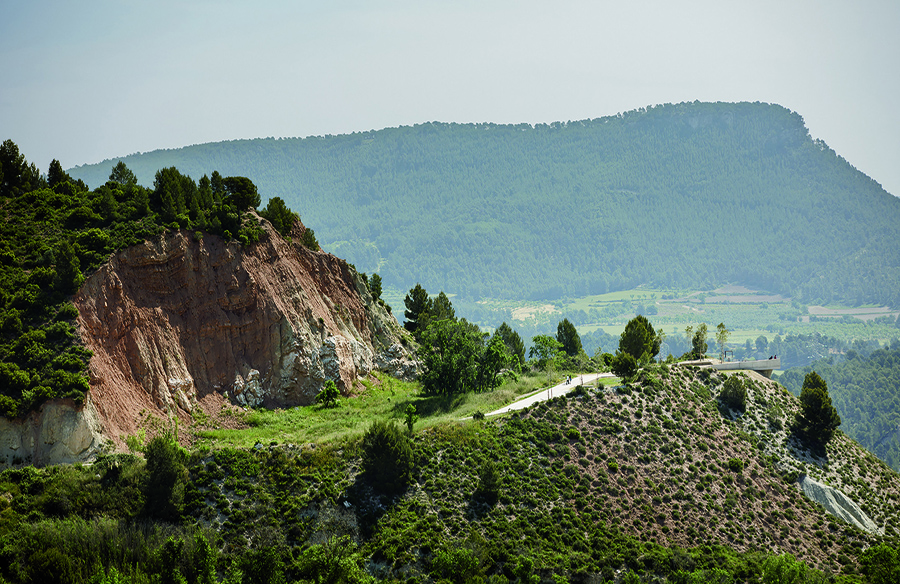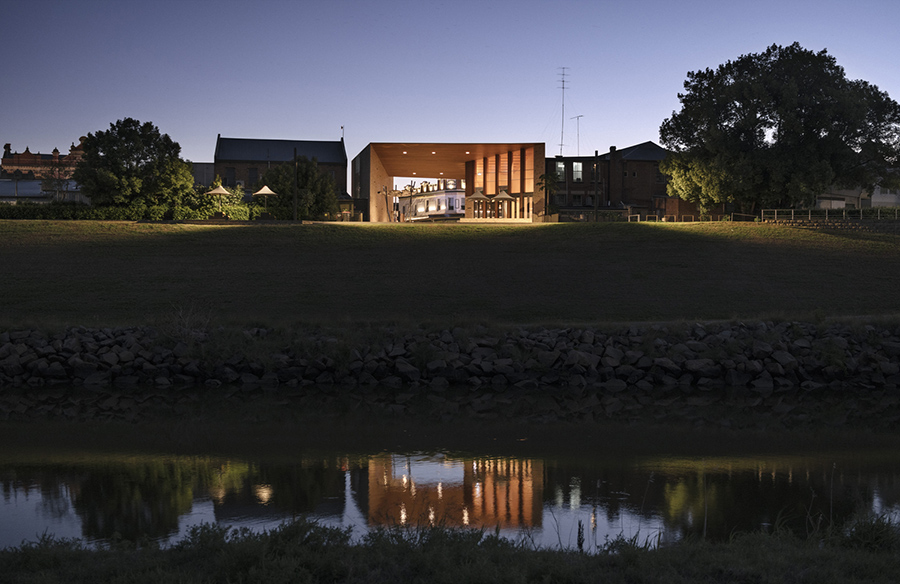Preserving Heritage: Five-Dragons Temple Environmental Refurbishment
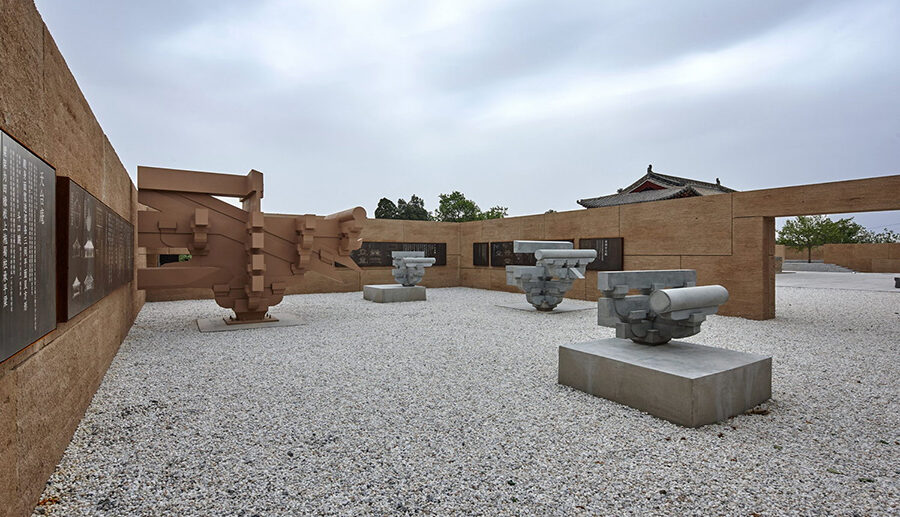
Located in Ruicheng County of Shanxi Province, the Five Dragon Temple, also known as the Guang Ren Wang Temple, stands as a testament to China’s rich cultural heritage. Constructed in 831 A.D. during the Tang Dynasty, it holds the distinction of being the second oldest surviving architecture of its era and the oldest Taoist temple still in existence. Despite its historical significance, the temple had fallen into neglect, with its surroundings deteriorating over time.
Historical Context and Renewal Efforts
Over the centuries, the Five Dragons Temple underwent numerous renovations, yet its original structure remained largely unchanged. However, its surroundings painted a different picture. Isolated on a high slope and disconnected from the local community, the temple struggled to attract visitors. The Dragon Spring, once a spiritual centerpiece, had degraded into a dumping ground. Recognizing the need for intervention, efforts were made to restore the temple, but previous attempts focused solely on the buildings, neglecting the deteriorating environment.

Collaborative Restoration Initiative
In 2015, the Vanke Group, inspired by its participation in the Milan Expo, spearheaded an environmental improvement project for the Five Dragons Temple, known as the “Long Plan.” Collaborating with local authorities and cultural heritage experts, Vanke Group sought to revitalize the temple’s surroundings and promote cultural preservation through innovative means. Funding was raised through a combination of crowd-funding and corporate contributions, marking a pioneering approach to cultural heritage conservation.

Design and Implementation
Led by URBANUS, the environmental refurbishment design aimed to restore the temple’s surroundings while integrating modern amenities. The project prioritized storytelling through spatial design, offering visitors an immersive journey through Chinese architectural history. Renovation efforts encompassed the restoration of the Dragon Spring, preservation of cave dwellings, and enhancement of visitor facilities. Stone steps replaced hazardous pathways, and a new viewing platform was constructed to provide panoramic views of the temple and surrounding historical sites.
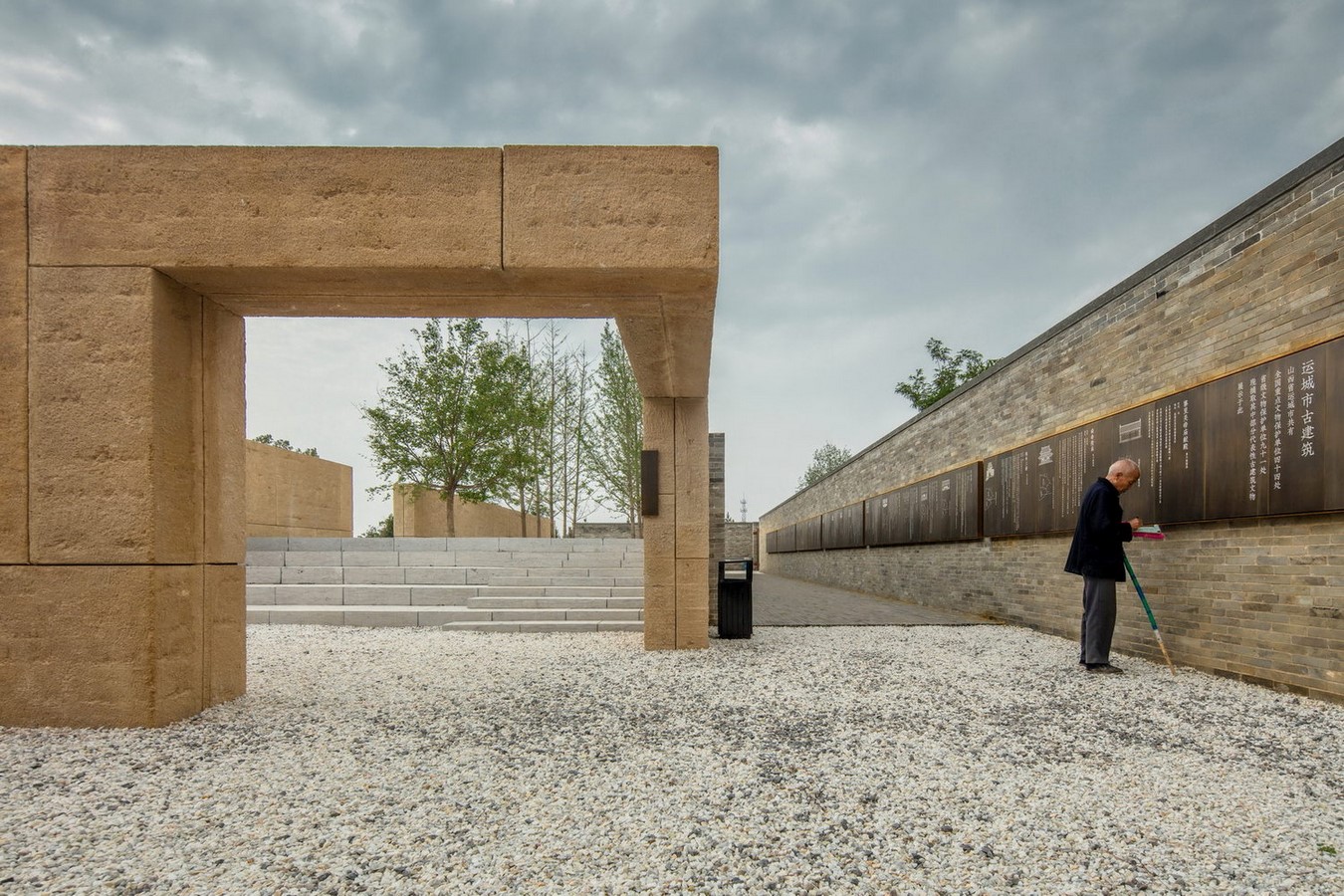
Reconnecting with Heritage
Through careful planning and community involvement, the Five Dragons Temple underwent a remarkable transformation. The once-desolate surroundings were revitalized into vibrant gathering spaces, fostering a renewed sense of community and cultural pride. Open-air exhibition halls now showcase the temple’s rich history, inviting visitors to explore its significance in Chinese architecture. By blending tradition with modernity, the project not only preserved a cultural relic but also revitalized its role as a living heritage site for generations to come.


